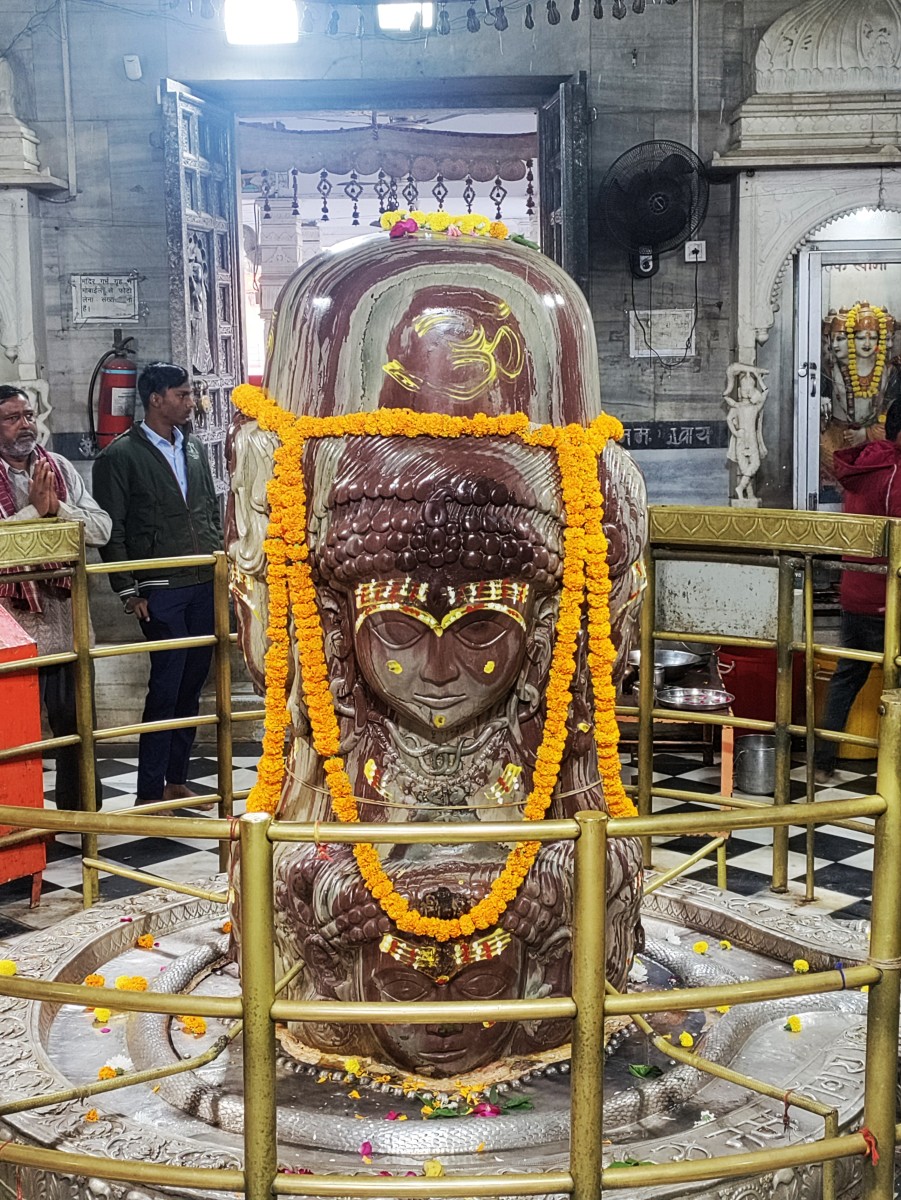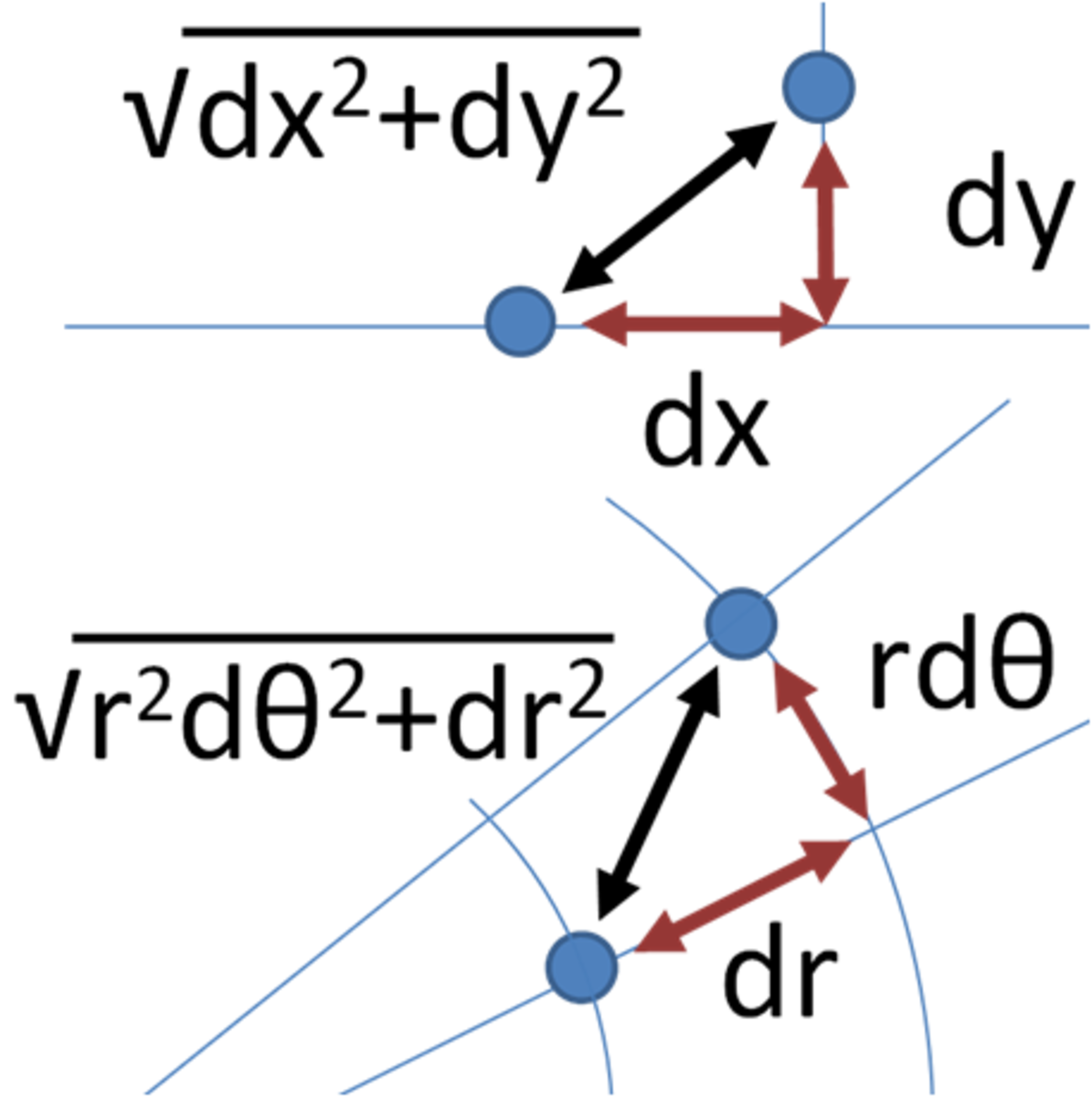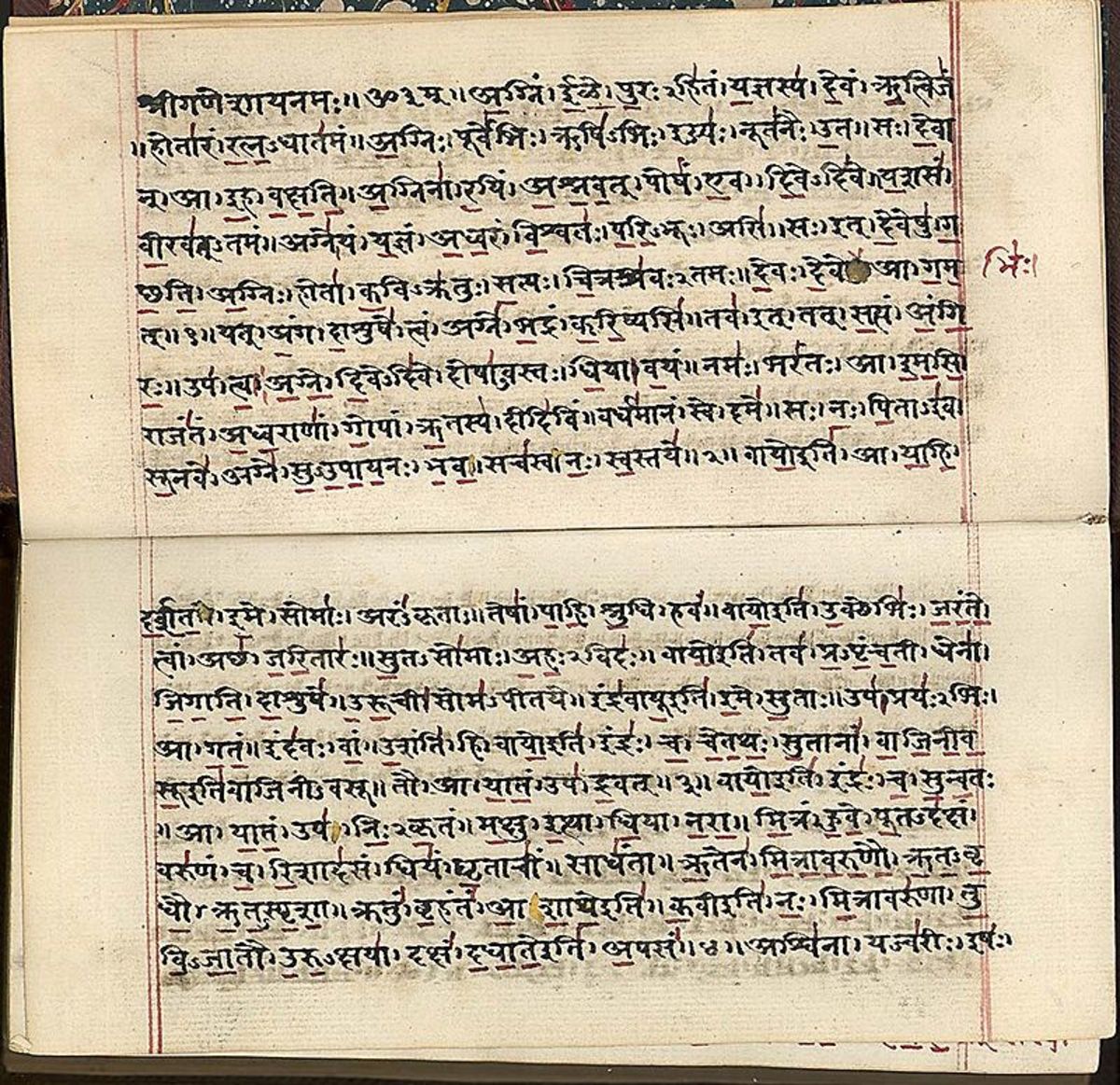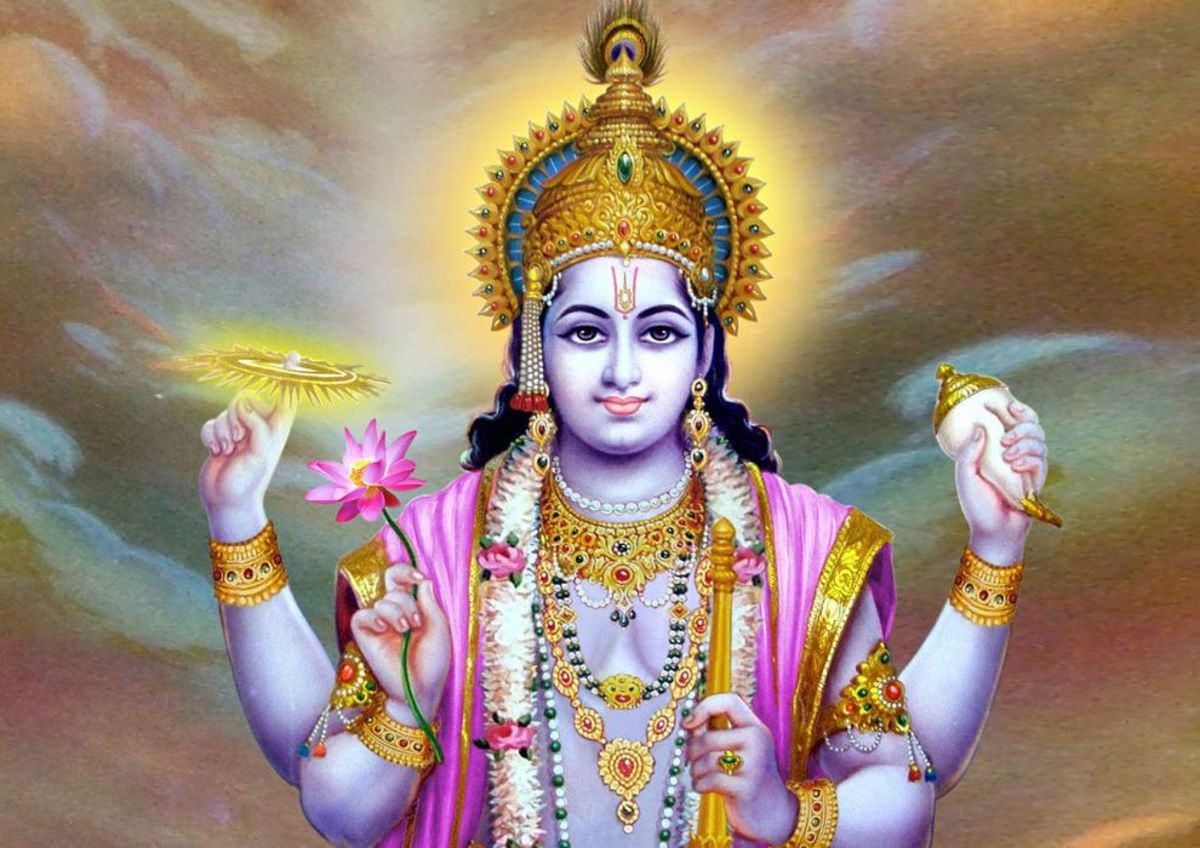“Sahasra Lingam” – Shiva Lingam with a mathematical formula
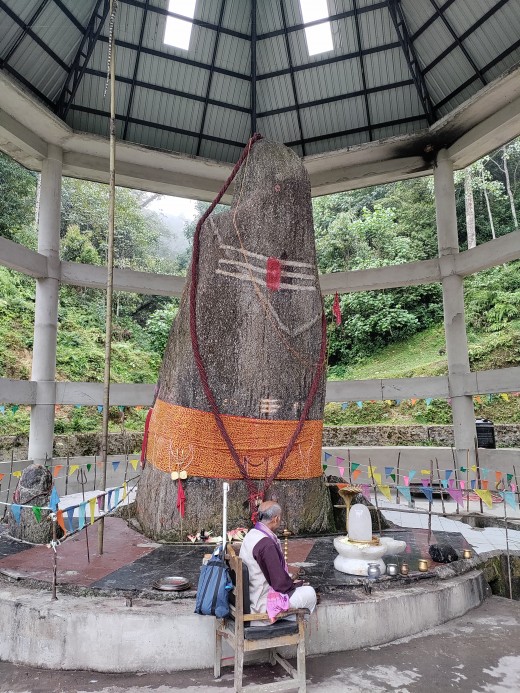
"Shiva Lingam"
“Shiva Lingam” is the aniconic form of Lord Shiva where He is represented as a mass of material (like stone, metal or wood).
The shape of this mass may vary from a well-formed cylinder (often designated as a Phallic form) to an irregular rock (as in the world famous Himalayan temple of Lord Kedarnath).
The gross misconception of describing the Shiva Lingam as the Phallus (male genital organ) of Lord Shiva should be clarified.
The word ‘Shiva’ means Good (“Mangal” in Sanskrit Language) and ‘Lingam’ means Place or Sign. So the actual meaning of ‘Shiva Lingam’ is the Sign (or place) of Goodness.
Lord Shiva is the Absolute – He is beyond our 5 senses, even beyond the capacity of human mind. But common men require some concrete comprehensible symbol to worship. Hence the conception of Shiva Lingam emerged, a concrete symbol which we can see or touch.
There are innumerable varieties of Shiva Lingam.
Basically these are of 2 types – Natural (called “Swayambhu” or Self-manifest) and man-made.
Natural Shiva Lingam
The Natural Shiva Lingams are usually pieces of natural rock or even a hill or a mountain peak.
The Bhuteswarnath Shiva Lingam in Gariabandh of Chhattisgarh state is generally considered as the largest natural Shiva Lingam of India (it is constantly increasing in height and is at present 80 feet tall), but if we take into account of the hills and mountains considered as Shiva Lingam, the Arunachalam Giri mountain (2,400 feet) of Thiruvannamalai of Tamil Nadu or the Shivling peak of the Garhwal Himalayas (21,467 feet) in the state of Uttarakhand should take the Place of Pride.
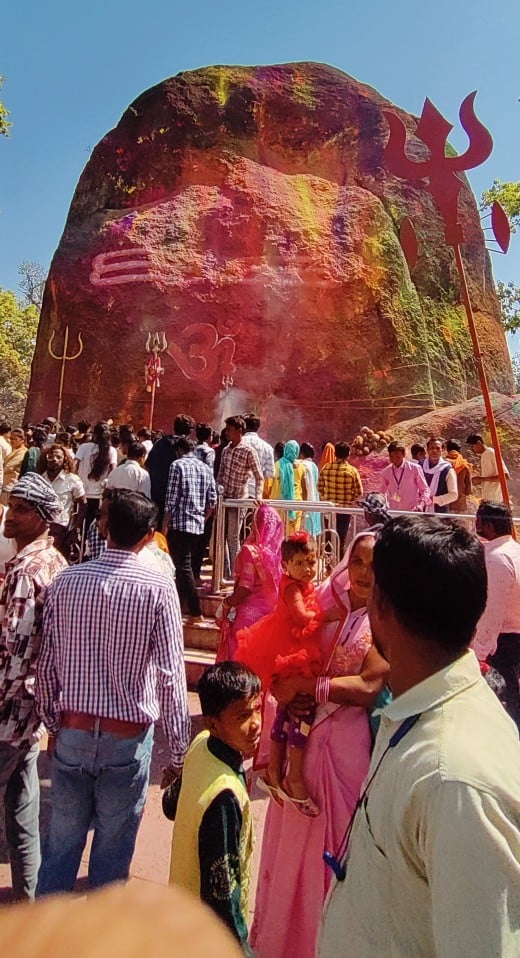
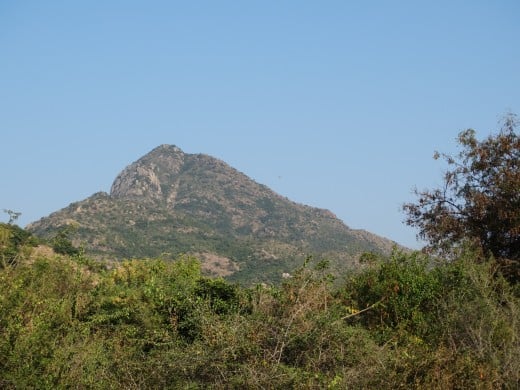

Man-made Shiva Lingams
There are 5 types of Shiva Lingam depending on the material out of which it is made : “Shailaja” or stone-made; “Kasthaja” or made of wood; “Dhatuja” or made of metal; “Ratnaja” or made of gemstones and “Bhumija” or made of clay, sand or ice.
An ideal Shiva Lingam is composed of 3 parts – from below upwards these are square shaped “Brahma Bhag”, octagonal “Vishnu Bhag” and cylindrical “Rudra Bhag” or “Puja Bhag” (“Bhag” means portion).
It is the “Rudra Bhag” which we generally see and offer our Puja (hence “Puja Bhag”).
There are countless, may be millions of Shiva temples in India and abroad a large number of which contain one or more man-made Shiva Lingams.
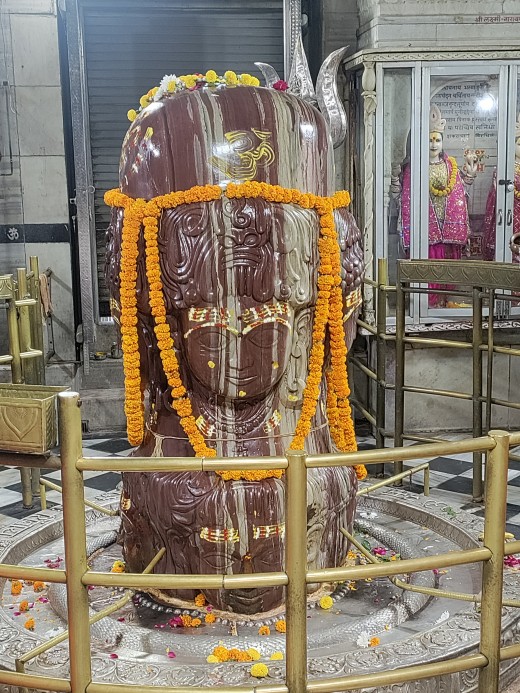
"Sahasra Lingam"
The subject of Shiva Lingam is a vast one, and is beyond the limits of this short article. Here we’ll discuss about a special type of man-made Shiva Lingam – viz. the “Sahasra Lingam”.
What is a “Saharsa Lingam”?
Literally “Sahasra Lingam” means “Thousand Shiva Lingam”, but actually it is “Ashtottara Sahasra Lingam” meaning “1008 Shiva Lingam”.
It is a special type of Shiva Lingam composed of 1008 Shiva Lingams.
The Mathematics of "Sahasra Lingam"
A typical Sahasra Lingam is made by placing 1007 small Shiva Lingams carved in circles around the main shaft of the Shiva Lingam. Those 1007 small Lingams + the main large Shiva Lingam add up to 1008 Shiva Lingams.
The placement of the smaller 1007 Shiva Lingams :
These 1007 small Shiva Lingams are not arranged haphazardly. There is a strict mathematical rule to this.
These smaller Lingams are arranged in 22 circles on the main Lingam – 45 in 5 circles (45 x 5 = 225) and 46 in 17 circles (46 x 17 = 782) thus making a total of 225 + 782 = 1007.
Purpose
Now one may ask, what is the need to create these “Ashtottara Sahasra” Shiva Lingams (popularly called “Sahasra Lingam”) with so much effort and calculation?
The answer is, it is necessary for a particular reason.
According to the scriptures, there are 1008 names of Lord Shiva, which if chanted while performing Puja (worship) of Lord Shiva, the worshipper attains “Moksha” or salvation.
Since it may not always be possible to do so, these “Ashtottara Sahasra” Shiva Lingams are created as a viable alternative, which when worshipped, automatically results in chanting those 1008 names of Lord Shiva.
Some examples of "Sahasra Lingam"
This type of Shivalingams are not very common. In my many years of experience, I have not seen more than five such Sahasra Lingams, one of which is in Satpautia village (Swastani) of Nayagram block of Jhargram district of West Bengal, the second is in Hara Gauri Ashram of Narajole in Paschim Medinipur district of West Bengal, the third is in a temple next to the Ashtamukhlingam Pashupatinath temple in Mandsaur city of Madhya Pradesh, the fourth is in Adi Kumbheswara temple of Kumbhakonam of Tamil Nadu and the fifth is in Bateswar Shiva temple in Barkhera village of Shahpura in Dindouri district of Madhya Pradesh.
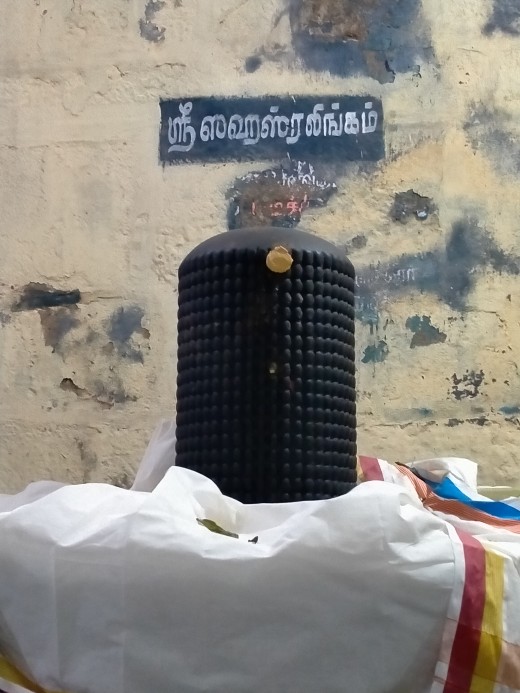
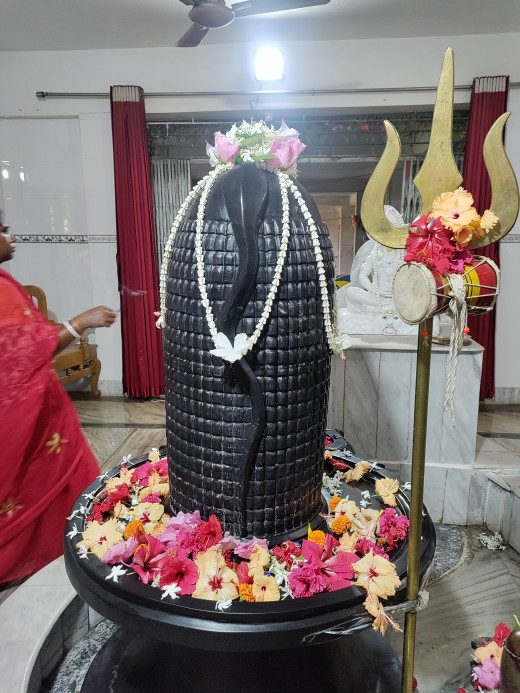
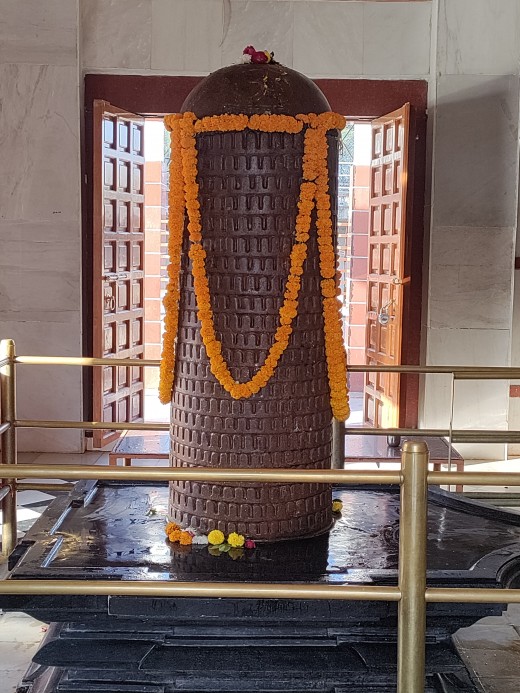
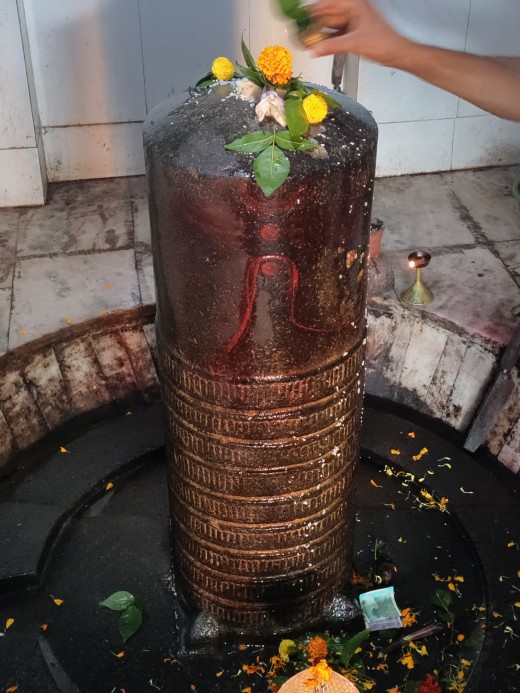
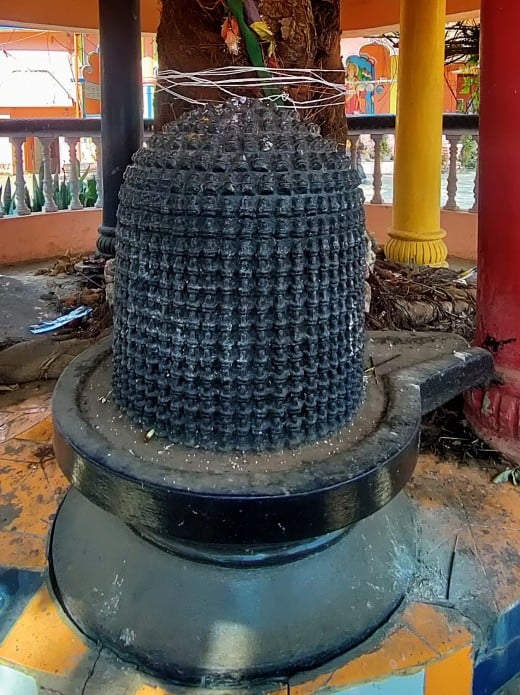
Conclusion
However, it should be remembered that the type of Sahasra Lingam I am talking about is a large Shiva Lingam with 1007 small Shiva Lingams carved on it, and has nothing to do with the “Sahasra Linga Tirtha” near the town of Shirsi in the Kannada district of Karnataka (where many individual stone man-made Shivlingams can be seen on the bed of the Shalmala river).
* All photos are by the present author.
This content is accurate and true to the best of the author’s knowledge and is not meant to substitute for formal and individualized advice from a qualified professional.
© 2025 Dr A K Chatterjee

